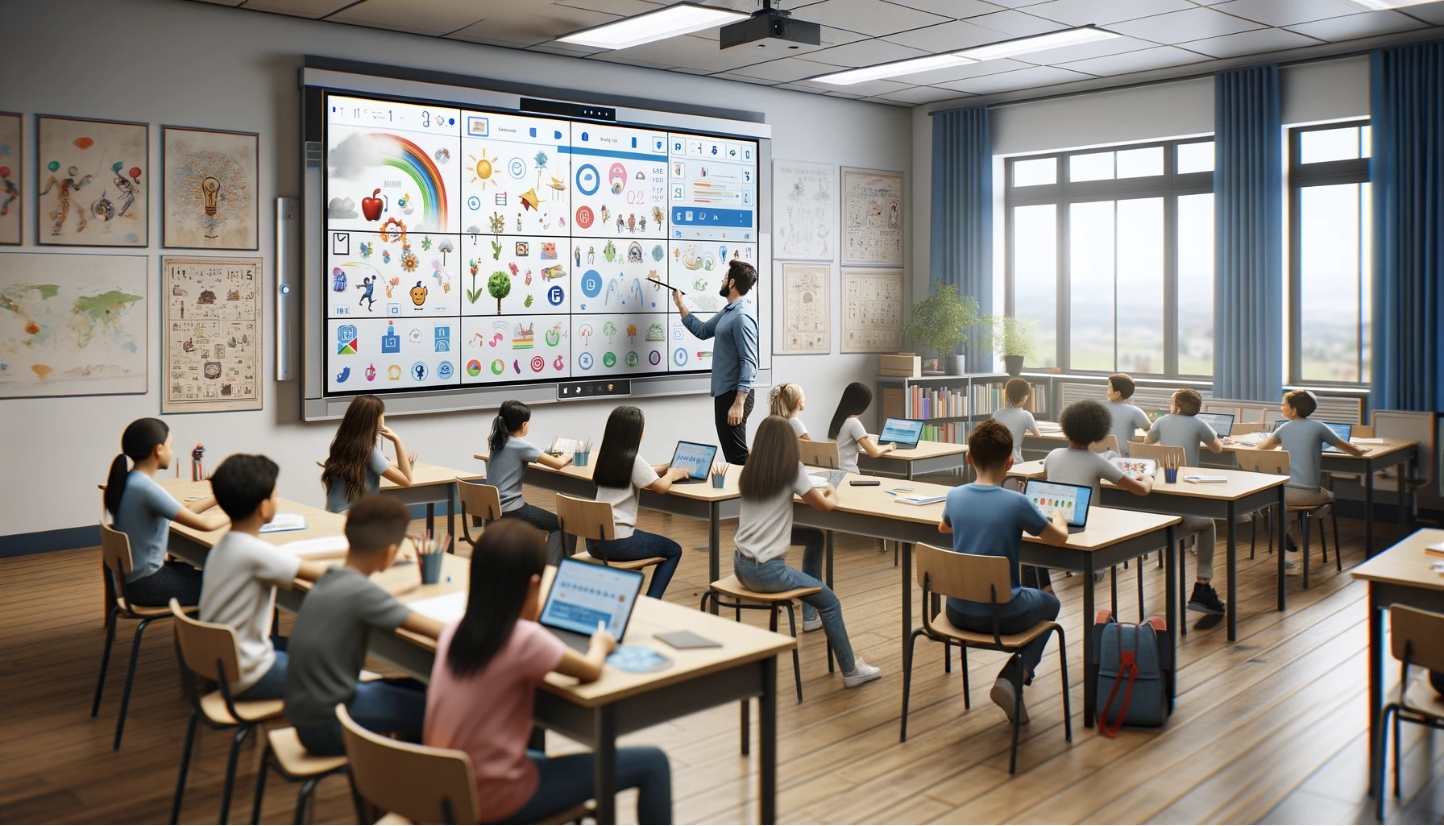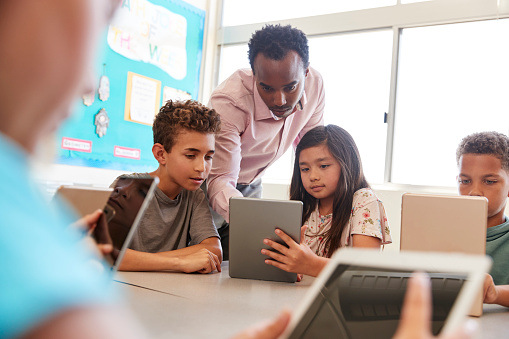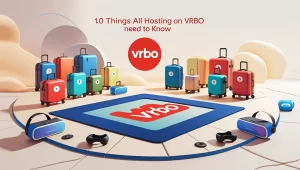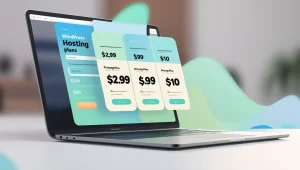Teaching Gadgets: A Game-Changer for Modern Learning Techniques-The world of education has undergone a significant transformation over the past few years, thanks to the rapid advancement of technology. With the rise of digital tools, teaching gadgets have become a game-changer for modern learning techniques, offering new ways for teachers to engage students and enhance the learning process. These gadgets are not just tools, but catalysts for creativity, interactivity, and efficiency in the classroom. In this article, we’ll explore how teaching gadgets are reshaping education and why they’re essential for today’s classrooms.
The Rise of Teaching Gadgets in the Classroom
Gone are the days when teaching was limited to chalkboards and textbooks. The modern classroom is now filled with a variety of teaching gadgets that provide interactive and engaging learning experiences. These tools make education more accessible, personalized, and fun for students while giving teachers the flexibility to teach in innovative ways. From interactive whiteboards to VR headsets, teaching gadgets have unlocked new possibilities in how we approach education, making learning more immersive, collaborative, and effective.
Enhancing Engagement with Interactive Whiteboards

One of the most impactful teaching gadgets in modern classrooms is the interactive whiteboard. These high-tech boards, such as the SMART Board, replace traditional blackboards and allow teachers to display multimedia content, run interactive lessons, and engage students directly in the learning process. With touch-sensitive technology, teachers can draw, write, and manipulate objects on the screen, making lessons more dynamic and hands-on. Interactive whiteboards also allow students to come up to the board and interact with the content, enhancing their involvement and retention of information. This level of engagement is crucial for maintaining focus and interest in subjects, especially for younger learners.
The Power of Virtual and Augmented Reality
Virtual and augmented reality (VR and AR) are two teaching gadgets that have taken educational experiences to the next level. VR headsets transport students to entirely new worlds, offering immersive experiences that make complex subjects more understandable and memorable. For example, a history lesson could take students on a virtual tour of ancient Rome, or a biology class could explore the human circulatory system in 3D. These experiences allow students to learn by doing, helping them understand abstract concepts through visual and experiential learning.
On the other hand, augmented reality (AR) overlays digital information onto the physical world, enriching the learning environment. AR apps can turn a regular textbook into a 3D interactive experience, where students can visualize concepts like anatomy, physics, or geography in real time. These gadgets create a blend of the real and digital worlds, enhancing understanding and engagement. VR and AR are particularly effective in subjects like science, history, and geography, where visualization can significantly improve comprehension. (Read More: The Best Educational Robotic Arm Kits for Students and Engineers)
Personalizing Learning with Digital Tablets

Digital tablets, such as iPads and Microsoft Surface, have become essential teaching gadgets in classrooms. These devices give students and teachers the ability to access educational apps, research information, and take notes on the go. They are versatile tools that cater to different learning styles. For example, students can use tablets to watch instructional videos, participate in interactive quizzes, or engage with digital textbooks that provide multimedia content.
For teachers, digital tablets make it easy to track student progress, provide feedback, and create customized lesson plans. With the ability to store all materials digitally, teachers can create personalized learning experiences for each student, whether it’s offering extra resources to those who need additional support or providing more challenging material to advanced learners. Digital tablets are an essential part of a tech-savvy classroom, allowing for individualized instruction in a flexible, accessible manner.
Classroom Management and Collaboration Tools
Teaching gadgets also play a key role in improving classroom management and encouraging collaboration among students. Tools like Google Classroom and Microsoft Teams allow teachers to organize assignments, track student progress, and facilitate communication between students and parents. These platforms enable teachers to quickly share updates, provide resources, and monitor students’ work in real time.
In terms of collaboration, gadgets like digital response systems (clickers) and collaborative software enable students to work together on projects and provide instant feedback. Teachers can use classroom response systems to gauge student understanding during lessons, creating a more interactive and participatory classroom atmosphere. These tools also promote peer learning, as students can collaborate on group assignments and projects, even from a distance. (Read More: Teaching Gadgets 2024: Must-Have Tools for Educators)
Bringing STEM to Life with Educational Robots
One of the most exciting teaching gadgets in recent years is the rise of educational robots. These gadgets help students learn programming, coding, and robotics in a hands-on way. Robots like Bee-Bots, Ozobot, and LEGO Mindstorms are designed to make coding accessible and fun for students of all ages. These teaching gadgets allow children to program robots to perform specific tasks, teaching them problem-solving skills, logic, and creativity.
Robotics encourages students to think critically and work collaboratively, making it an excellent tool for STEM (Science, Technology, Engineering, and Mathematics) education. With the increasing demand for technology skills in the workforce, educational robots are helping to prepare students for future careers in tech by providing them with early exposure to coding and robotics. (Read More: Top 5 Teaching Gadgets Revolutionizing Classrooms in 2024)
Smart Projectors for Seamless Learning

Another invaluable teaching gadget is the smart projector. These projectors have evolved beyond traditional models to become interactive, wireless, and multi-functional. Smart projectors allow teachers to project images, videos, and websites onto a wall or screen and interact with the content using touch-sensitive features. Some models even have built-in cameras, microphones, and speakers, making them a versatile tool for multimedia learning. Smart projectors also support wireless connectivity, allowing teachers to display content directly from their tablets or laptops without the need for cables. These gadgets make it easier for teachers to incorporate different types of media into their lessons, keeping students engaged and enhancing the learning experience.
Conclusion article Teaching Gadgets: A Game-Changer for Modern Learning Techniques
Teaching gadgets are undoubtedly transforming the way we approach education, offering new opportunities for engagement, collaboration, and personalized learning. Whether through interactive whiteboards, virtual reality, or educational robots, these tools are revolutionizing the classroom and preparing students for the future. As technology continues to evolve, teaching gadgets will only become more advanced, providing even more innovative ways to enhance learning experiences. By embracing these tools, teachers can create more dynamic, engaging, and effective lessons that cater to the needs of today’s diverse learners.









1 thought on “Teaching Gadgets: A Game-Changer for Modern Learning Techniques”
Comments are closed.